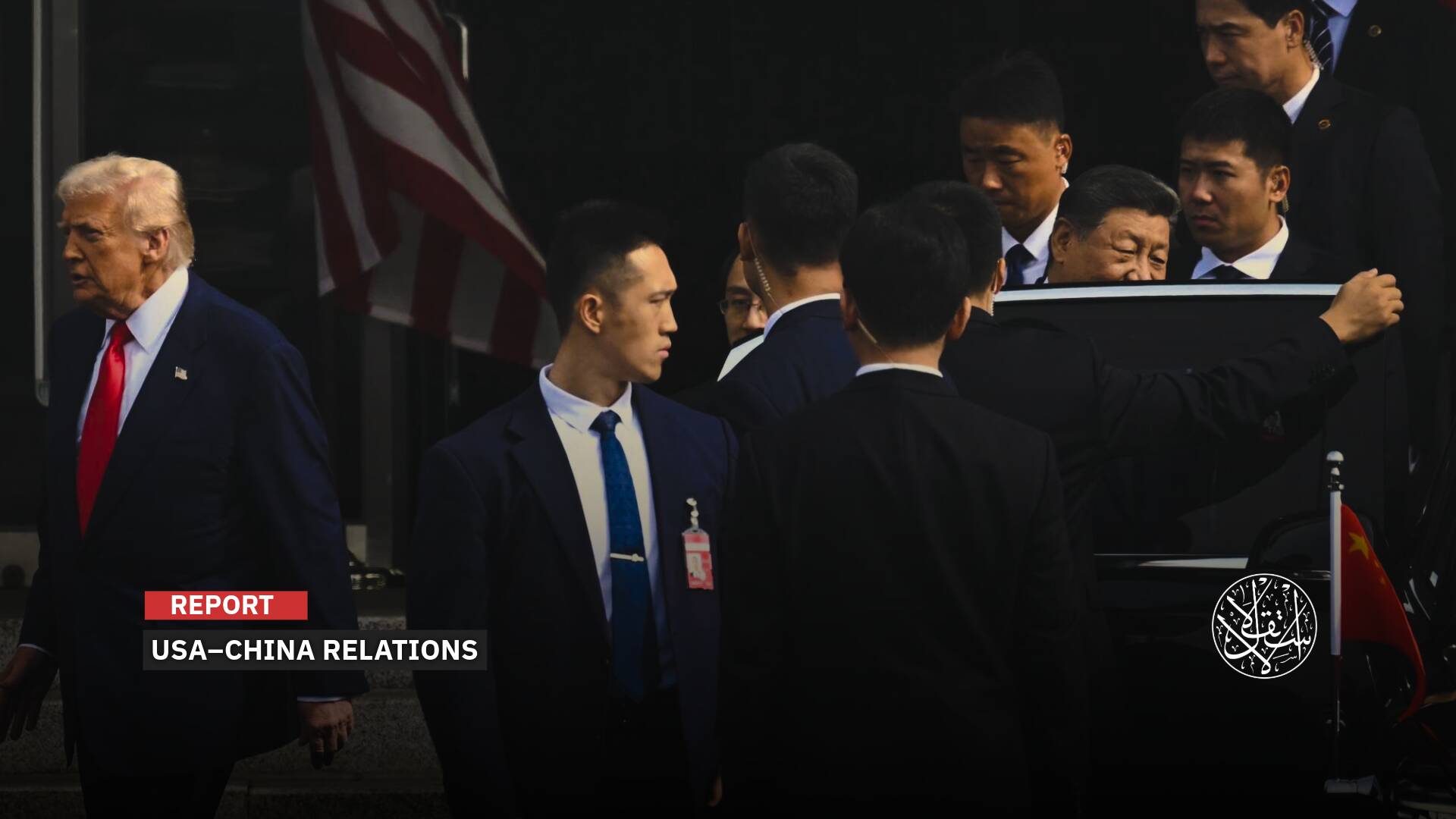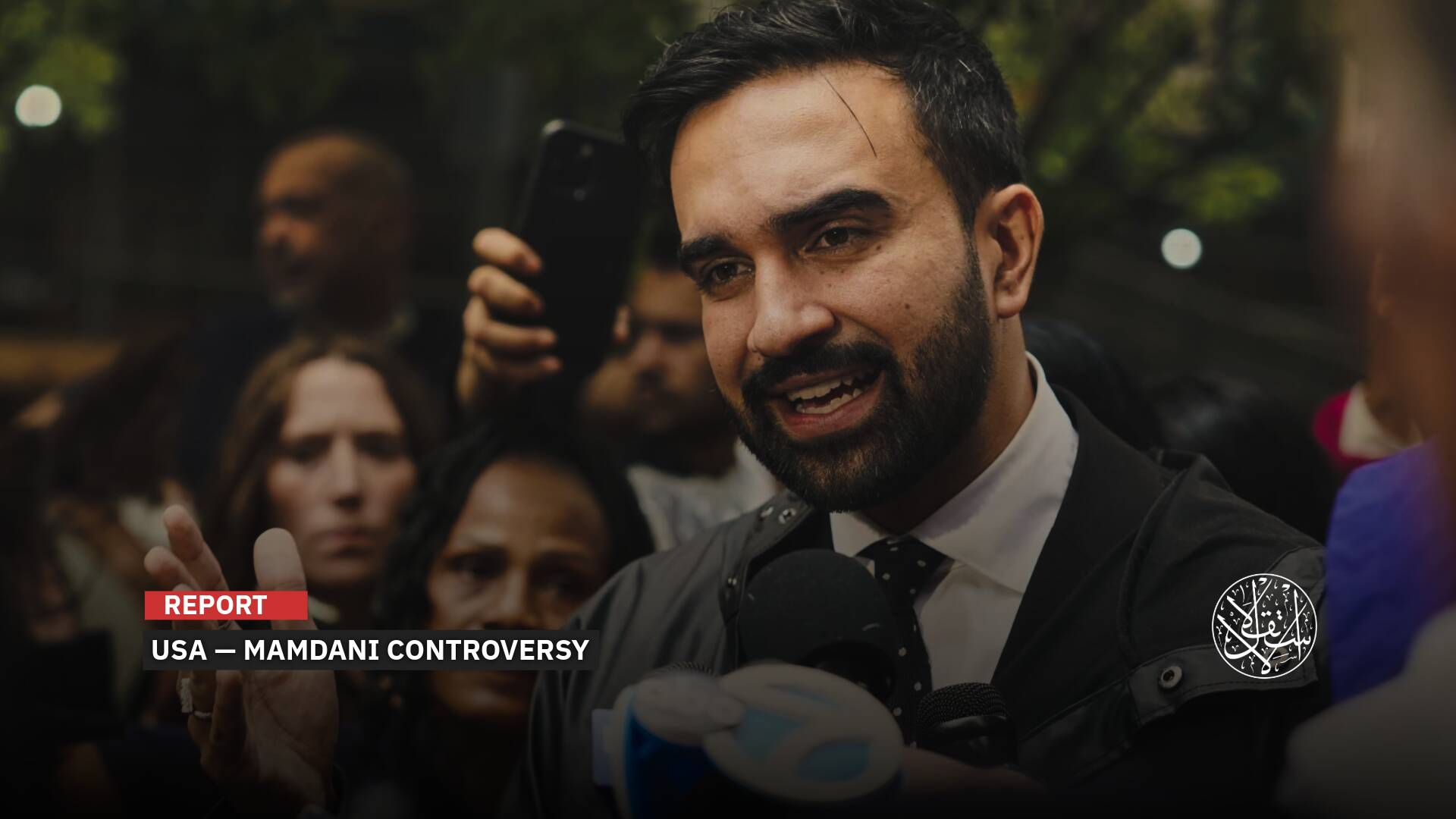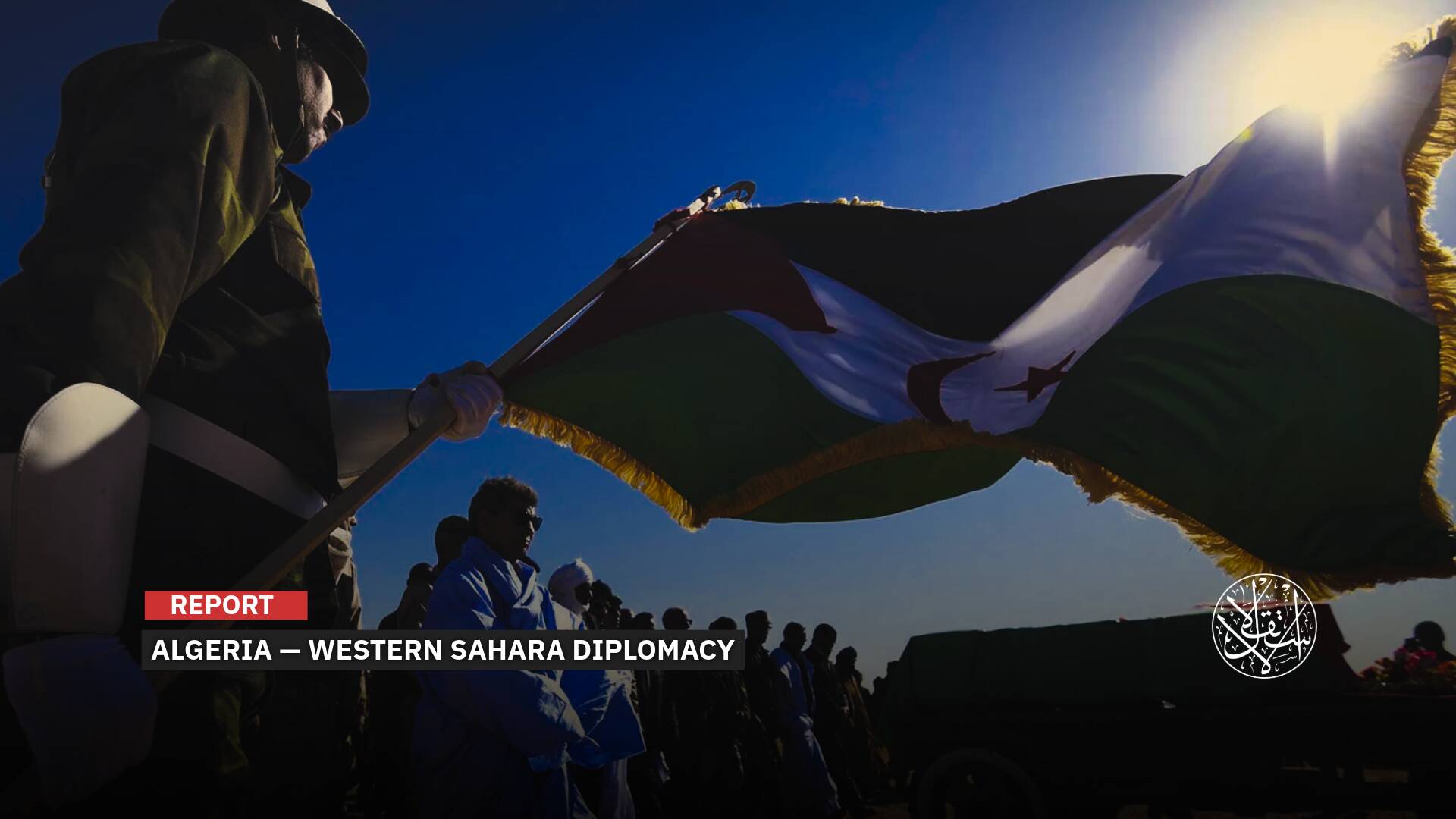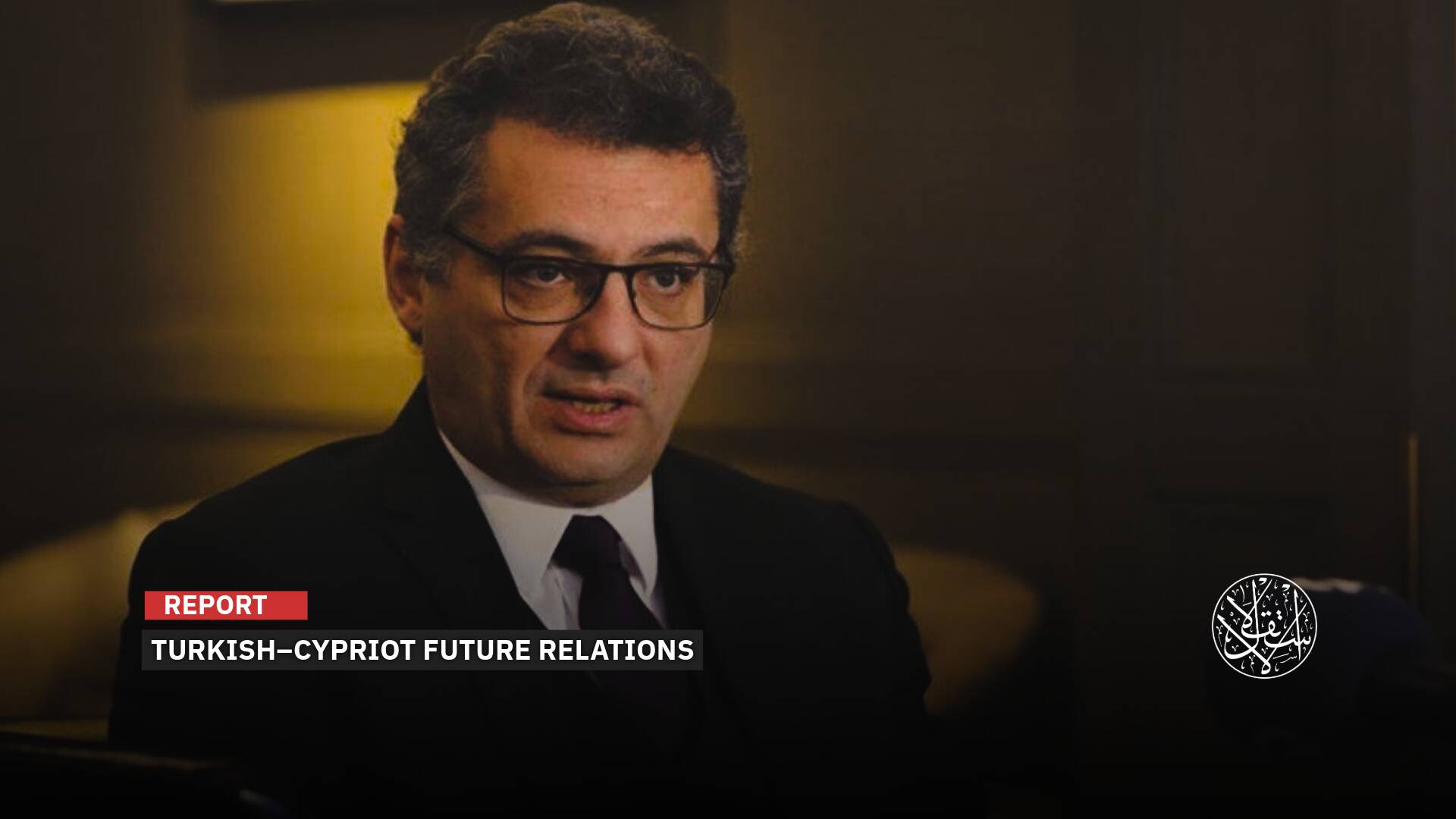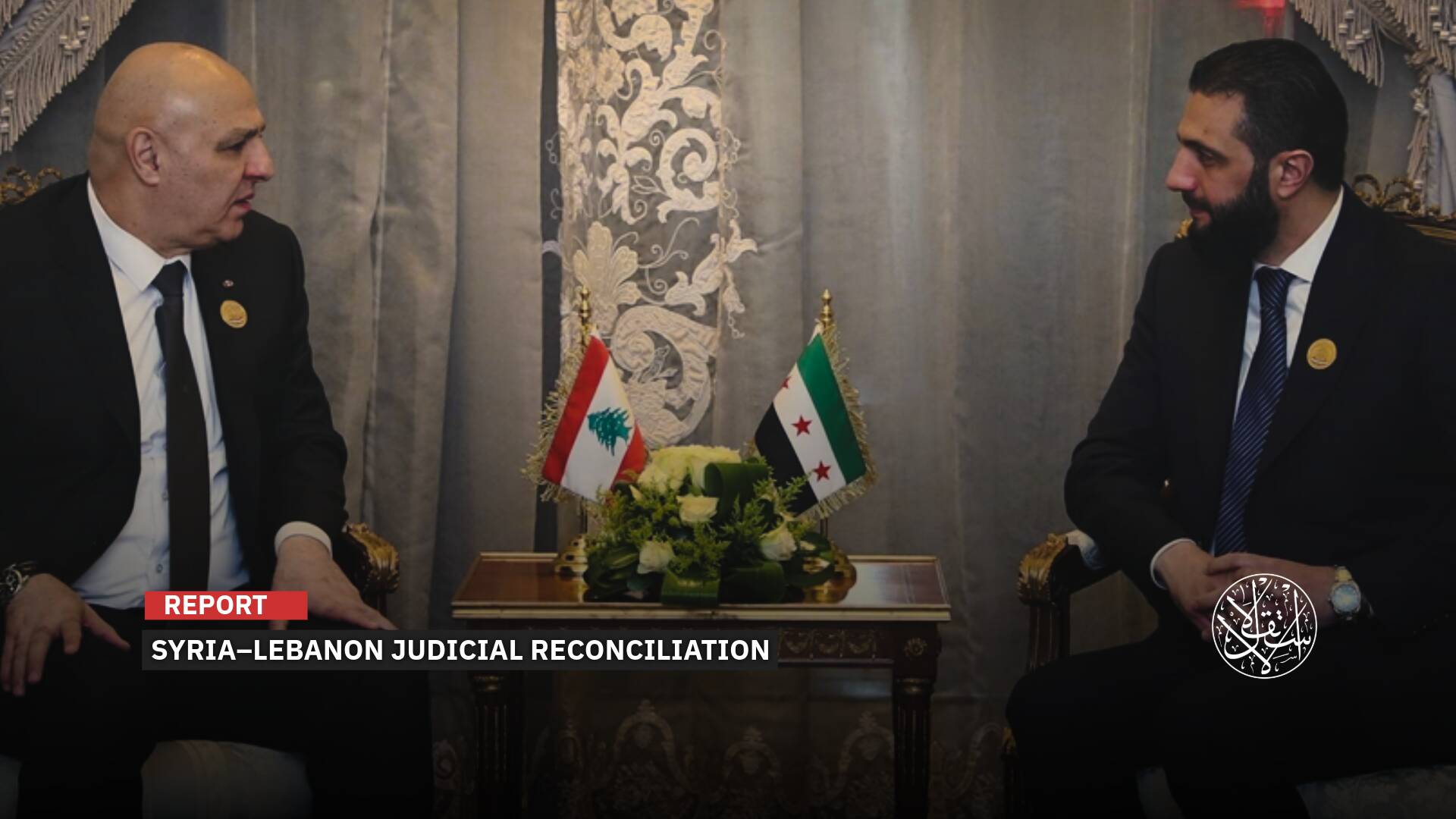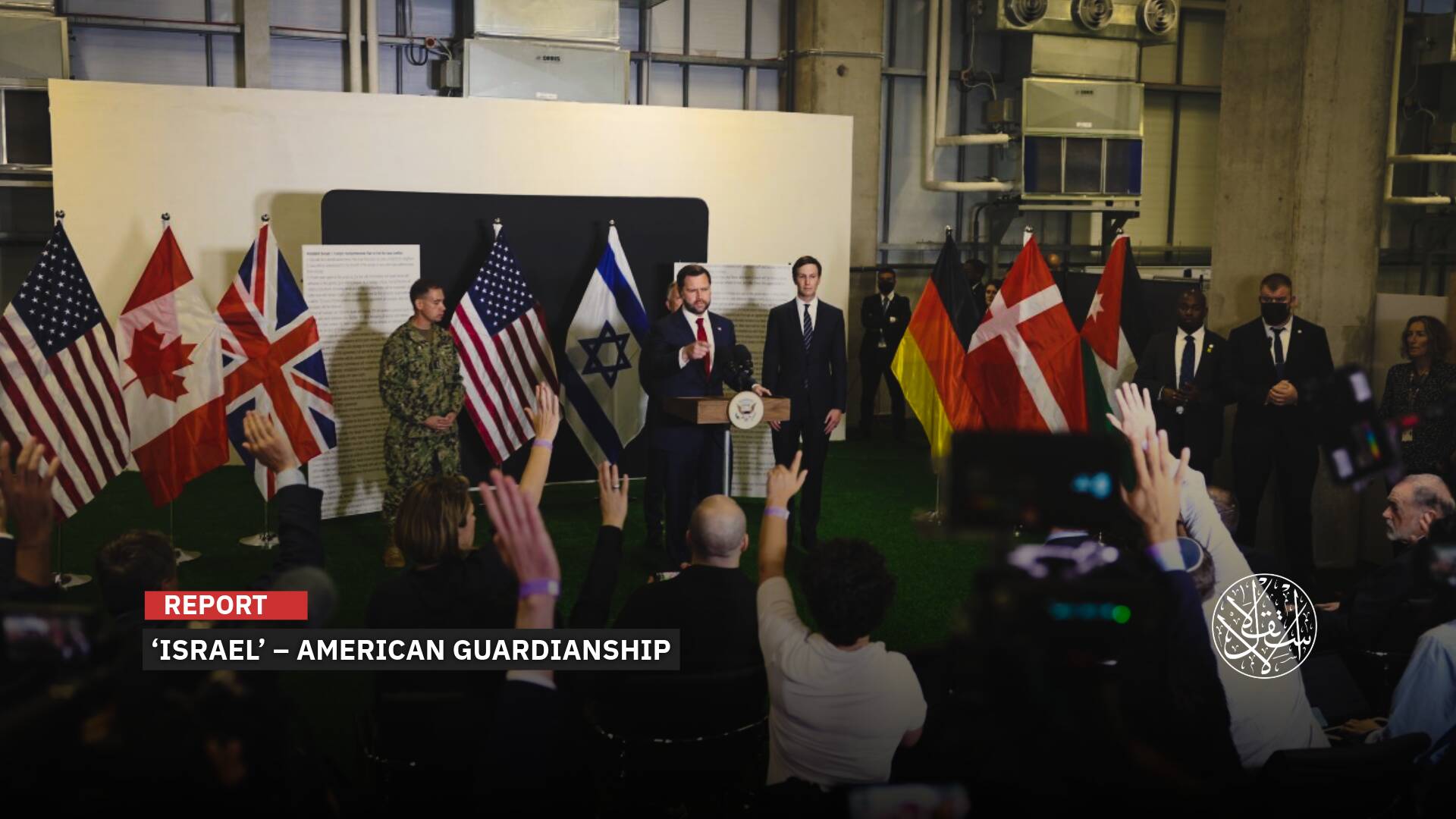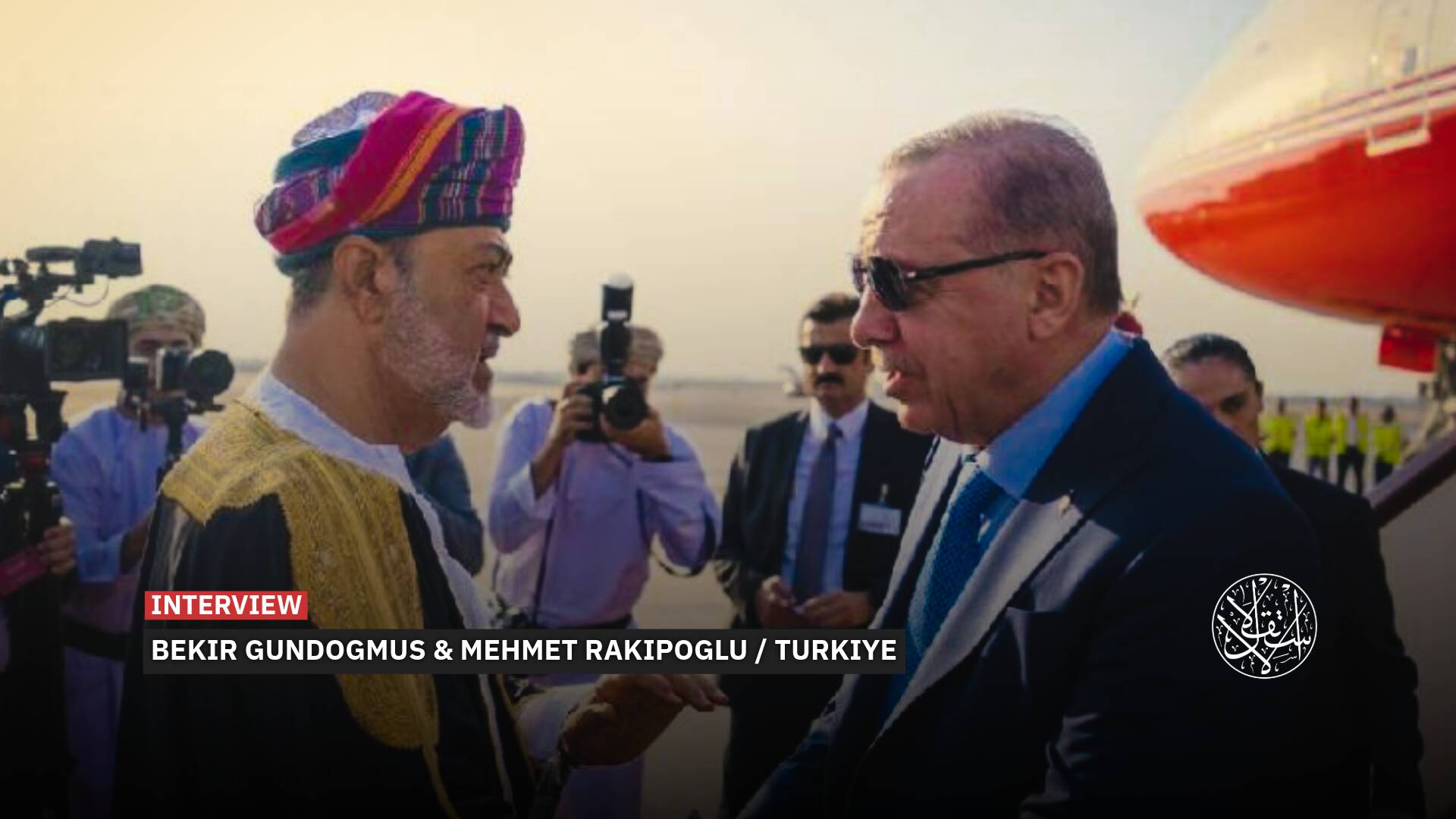Hemedti Seizes Strategic Border Zone: How Far Will Haftar and UAE Push Sudan Civil War?

The UAE supports Haftar and Hemedti for strategic reasons.
In a significant escalation of the conflict engulfing Sudan, the Rapid Support Forces (RSF) militia, led by Mohamed Hamdan Dagalo, widely known as Hemedti, announced on June 11, 2025, that they had seized control of the strategic border triangle linking Sudan, Egypt, and Libya.
This “border triangle” – a remote yet pivotal junction – marks a crucial crossroads between the three nations, offering a porous gateway for smuggling networks, arms trafficking, and the movement of fighters across an increasingly unstable region.
The operation, described by Sudanese military sources as a coordinated incursion, was far more than a fleeting territorial gain.
It carried with it troubling signs of foreign militia involvement in the spiraling conflict.
Chief among these is “the Subul al-Salam Brigade,” a Salafi Libyan faction operating under the direct command of the General Command in Benghazi, which remains loyal to the renegade militia general Khalifa Haftar.
An Open Field
Field testimonies and intelligence documentation point to a joint presence of RSF militia fighters and members of “the Subul al-Salam Brigade” in the latest offensive within the border triangle — marking what appears to be the first direct engagement of Libyan units in Sudan’s war, beyond the logistical support long attributed to Haftar since the conflict erupted in April 2023.
While Haftar’s command has publicly rejected the accusations, the developments raise pressing questions about the nature of this emerging military alliance on the volatile frontier shared by Sudan, Libya, and Egypt.
Has Haftar made the leap from indirect backing to boots-on-the-ground involvement? And was this escalation encouraged by the UAE as part of a broader regional strategy to bolster the RSF militia?
To what extent might the border triangle now morph into an open arena for cross-border militias? Is this merely a momentary convergence of interests — or the early sketch of a new map of influence drawn in the heart of the desert?
On June 11, 2025, the Sudanese army announced that its forces had been compelled to withdraw from the “border triangle” linking Sudan, Egypt, and Libya, following a large-scale assault launched by the RSF militia.
What stood out in the army’s official statement, however, was not merely the admission of losing control over such a strategic point — but the direct accusation leveled at eastern Libyan Militia Forces under Haftar’s command for playing a role in the operation.
In its statement, the Sudanese army claimed that the “terrorist Dagalo militia” had launched the assault “with direct support from Libyan forces loyal to Haftar — specifically, a Salafi-leaning battalion known as “Subul al-Salam Brigade” — describing the operation as an “unprecedented violation of international law.”
The RSF militia, meanwhile, struck a defiant tone on Telegram, boasting of what it called the “liberation of the strategic triangle.”
The group suggested the advance would carry wider implications across multiple battlefronts — particularly in the northern desert.
The RSF militia claimed it had inflicted heavy losses on Sudanese Army Forces and seized dozens of military vehicles during the assault.
The response from Haftar’s eastern-based government — which lacks international recognition — was swift. Its foreign ministry dismissed the Sudanese army’s statement as “allegations targeting regional actors.”
While insisting that protecting Libya’s borders is a sovereign right, the statement also struck a conciliatory note, saying Libya was committed to avoiding further escalation in the region.
The Tripoli-based government went even further, asserting that the armed group in question does not fall under the Ministry of Defense and does not operate under the authority of the General Staff.
But the Sudanese army doubled down, insisting that this direct intervention by Haftar’s militia forces could only be seen as a “blatant aggression against Sudan,” and part of a wider regional conspiracy unfolding in full view of the international community — a sharp escalation in both tone and posture.

Strategic Triangle
Returning to the details of the assault, multiple field sources confirm that “the Subul al-Salam Brigade” — linked to the General Command in Benghazi — was present on the ground alongside RSF militia units during the battle.
Their involvement signals a new level of coordination between the two sides and raises serious questions about the depth of the relationship between Haftar and Hemedti — and the regional actors enabling this cross-border military convergence.
Amid the rapidly escalating conflict, the border triangle linking Sudan, Libya, and Egypt has emerged as one of the most volatile flashpoints — a stretch of desert that is quietly redrawing the map of the war.
The area lies to the north of el Fashir, the administrative capital of Darfur and the Sudanese army’s last major stronghold in the west.
With the RSF militia having besieged el Fashir for over a year — and mounting repeated attempts to overrun it in recent weeks — the capture of the border triangle amounts to a strategic double blow: a move aimed at isolating el Fashir and encircling what remains of the army’s presence in the region.
Coinciding with the assault, Haftar issued orders to raise the combat readiness of his forces in Kufra — Libya’s remote southeastern outpost — as units under his command began reinforcing their presence near the borders with Sudan and Chad.
At the forefront of these deployments was “the Subul al-Salam Brigade,” regarded as the most ideologically driven and militarily loyal arm of the General Command in Benghazi, and Haftar’s preferred force for cross-border and special operations.
“The Subul al-Salam Brigade” was established in 2015 in Kufra, primarily drawn from members of the Zuwaya tribe and rooted in a clear Salafi ideological framework.
Formed under the direct auspices of Haftar’s operations room, it initially served as a security force tasked with border control and combating smuggling.
Over time, however, it evolved into a highly organized and disciplined fighting unit.
The battalion is currently led by Abdel Rahman Hashem al-Kilani, a former border guard officer who has been involved with Salafi armed groups since 2012.
On the ground, he is supported by Ahmed Saad Abu Nakheela and commanders linked to Haftar’s inner circle, underscoring the direct ties between the battalion and the senior leadership of the eastern Libyan militia Army.
Thanks to its tight organizational structure and ideological-military allegiance, “the Subul al-Salam Brigade” has become the preferred force for sensitive operations — a fact that explains its direct involvement in the recent assault on the border triangle, carried out in coordination with the UAE-backed RSF militia.
Available information suggests the battalion was far from a mere auxiliary force; it played an active role in the initial ground preparations and in securing infiltration routes across the desert, leveraging its extensive experience in smuggling networks and covert deployments.
This is not the battalion’s first involvement in the region. It has been implicated in previous clashes on the outskirts of Jebel Uweinat and is known to have played a key role in controlling arms, migrant, and goods trafficking routes between Libya, Sudan, and Chad.
But today, the battalion is operating on a new level — moving along the front lines as an executive arm within a regional alliance that goes beyond mere border protection, tied instead to broader projects of influence and control rooted in ideological alliances and economic interests.
In this new guise, “the Subul al-Salam Brigade” stands as the Libyan spearhead in the battle for control over western Sudan, signaling a profound shift in the nature of the war.
Conventional units are being replaced by ideologically driven, cross-border militias operating under regional patronage — forces deployed to redraw power balances across the volatile landscapes of Libya and Sudan.

Fleeing to Libya
As the RSF militia’s operations expand westward into Sudan, clear signs have emerged of a shift in the war’s objectives following a series of defeats.
The battle is no longer focused solely on Khartoum; instead, it is increasingly centred on the country’s west — particularly the Darfur region, which forms the social and political heartland of Hemedti’s power base.
This shift is more than a tactical manoeuvre. According to media and intelligence reports, it reflects efforts to construct a parallel political reality, reminiscent of the fractured landscape seen in Libya.
Libya al-Ahrar TV, known for its opposition to Haftar, highlighted in a report aired on February 5, 2025, that the RSF militia are seeking to establish a government entity in western Sudan to rival the Khartoum administration — a development echoing Libya’s own division between the Haftar-controlled east and the UN-backed Government of National Unity in the west.
The channel noted that heavy RSF militia losses in Khartoum and Omdurman have pushed Hemedti to shift his political and military focus towards Darfur, where he enjoys a popular and tribal base that could enable him to entrench long-term influence.
This shift coincided with reports published by Sudan Tribune at the end of January 2025, revealing that the RSF militia had transferred heavy equipment and advanced weaponry from the Sara base on the border with Chad deep into Darfur — a move described by analysts as a strategic repositioning aimed at turning the region into an alternative operational and command center.
According to Al-Estiklal, Yasser al-Atta, a member of the Sovereign Council and deputy commander of the Sudanese army, stated that “no less than 25 percent of the RSF [militia] are foreign mercenaries, brought into the country via the Libyan border under the direct supervision of Haftar.”
During a press conference, al-Atta pointed out that these fighters receive training and arms from Haftar’s loyalist militia forces, alongside elements from Chad and other African countries, forming a complex regional supply network that advances Hemedti’s objectives on the ground.
This narrative was further reinforced by field reports from December 2024, which confirmed the flight of RSF militia fighters into Libyan territory following failed assaults on army positions in Darfur.
According to the Sudanese Joint Forces, these elements found safe haven in cities under Haftar’s control, suggesting prearranged coordination to provide withdrawal routes and troop rotations.

The UAE’s Involvement
Notably, an official statement from the Sudanese Joint Forces explicitly pointed to a significant Emirati role in these arrangements, affirming that Abu Dhabi had been preparing for months to launch military operations from eastern Libya to support Hemedti and prevent the complete collapse of his militia Forces.
The statement added that while these plans had been partially thwarted, the scale of the intervention suggests that the UAE’s project in Sudan extends beyond financial aid and diplomatic backing — entering the realm of direct operational planning in coordination with Haftar.
This intertwining of Libyan and Emirati support for the RSF militia cannot be separated from broader shifts in the regional landscape, where influential actors are seeking to reshape the balance of power in Sudan by backing warlords at the expense of state institutions, exploiting the country’s deepening crisis and the fracturing of its political geography.
Sudanese journalist Mohamed Nasr underlined that the seizure of the border triangle “would not have been possible without clear understandings between Abu Dhabi and the military leaderships in eastern Libya and western Sudan.”
Speaking to Al-Estiklal, Nasr noted the synchronized advance of the RSF militia alongside the deployment of Haftar’s military units in Kufra — specifically the “Subul al-Salam Brigade”— “which move only under high-level orders and with a well-known political and security cover.”
“This kind of coordination is reminiscent of previous UAE-backed operations carried out through local proxies in Yemen, where air cover or logistical support is provided from abroad while allied ground forces execute the mission on the ground.”
“The UAE’s support for Haftar and Hemedti is driven not only by ideological motives but by strategic interests tied to control over smuggling routes and resources,” Nasr added.
“The border triangle is not merely a stretch of desert but a critical geographic junction through which networks smuggle gold, fuel, people, and weapons — whoever controls it commands one of the most important transit gateways in North Africa.”
“This positioning serves the UAE’s interests across multiple fronts, whether in the illicit trade of Sudanese gold, regulating arms trafficking routes, or even exerting indirect pressure on Egypt through its southern flank,” Nasr continued.

A Tripartite Coalition
On the involvement of a Salafi battalion like Subul al-Salam Brigade in this alliance, Nasr explained that “the UAE relies on forces that possess a disciplined ideological character, making them amenable to doctrinal and political mobilization.”
“Despite its overt hostility towards political Islam, the UAE tends to deploy traditional Salafi groups in its external conflicts, particularly those with strong tribal structures and high capacities for recruitment and discipline — such as the Subul al-Salam Brigade,” Nasr said.
“The relationship between these battalions and the Emirati security apparatus is not necessarily direct, but operates through invisible channels of funding, arms supply, and oversight, managed by unofficial operations rooms within Libya.”
According to Nasr, “this tripartite military alliance — Abu Dhabi, Haftar, and Hemedti — paves the way for establishing a new regional equation based on control on the ground rather than political influence.”
“We are witnessing a new model of irregular military expansion, driven by overlapping interests, money, and arms among three parties: the UAE’s man in Libya, its man in Sudan, and a network of interests spanning smuggling routes and pressure on neighboring states.”
“The occupation of the border triangle is not the endgame, but rather the beginning of a new phase of regional intervention in Sudan—one that is covert yet more dangerous than ever before,” Nasr concluded.
Sources
- Sudan accuses Khalifa Haftar of aiding Rapid Support Forces in attack on border triangle with Egypt and Libya [Arabic]
- Rapid Support Forces announce control over border triangle with Egypt and Libya [Arabic]
- Sudanese army accuses Khalifa Haftar’s forces of attacking border positions [Arabic]
- Report and brief analysis on what happened in the triangle — who fired the first shot? [Arabic]
- Arab Weekly: Clashes between Sudanese factions and “Subl al-Salam” battalion signal chaos in the “Al-Awainat Triangle” [Arabic]
- “Subl al-Salam” battalion and the alliances of mercenaries and terrorism [Arabic]


